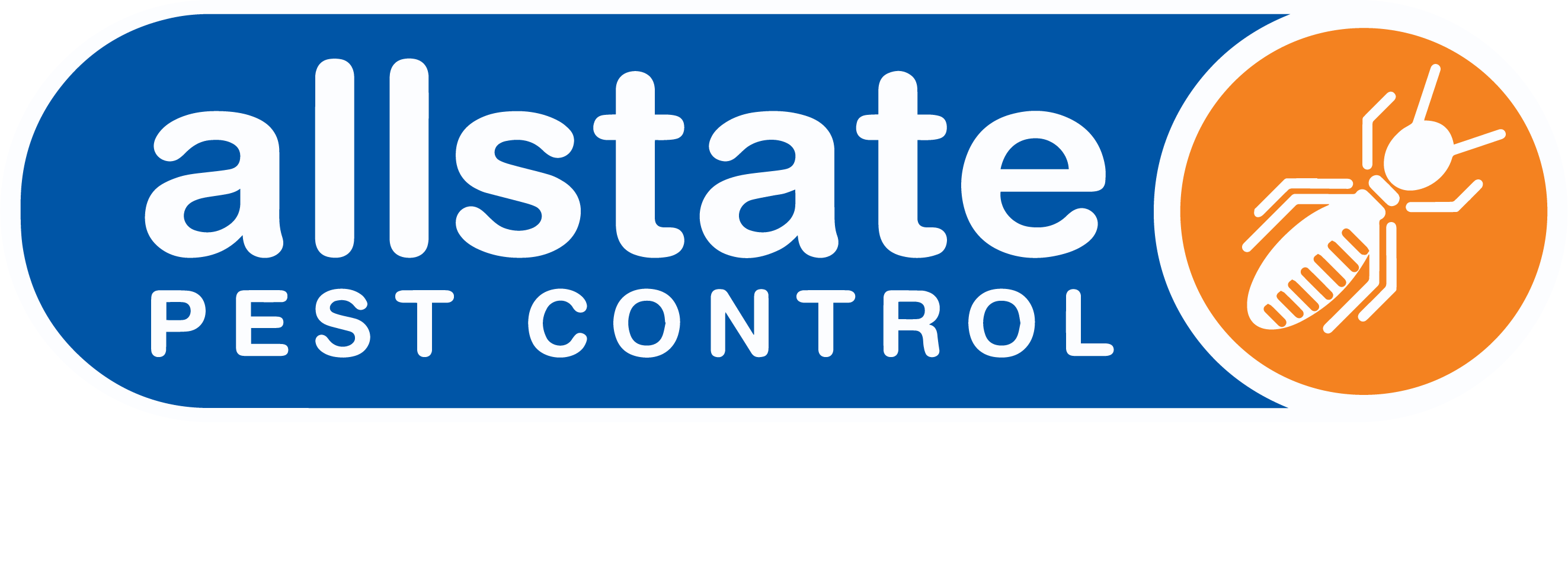Rat Infestation
We are always here to help you stay protected against tiny intruders into your home or business. For more facts or help with a pest problem, you can chat to us by clicking the or by calling 8371 1277.
What is a rat infestation?
A rat infestation occurs when rats invade a structure and make it their home. Rats often find shelter in dark, safe places, which make human homes attractive to these pests.
The number of rats that can be considered an infestation is anywhere from 5 to 50.
How do you know you have a rat infestation?
When you start to see droppings, nests, or chew holes, that’s when you know you’ve got a rat problem. You may see gnaw marks on your food, and hear noises in the attic or under the house at night. You might even smell a strong, lingering odour.
Does seeing one rat mean an infestation?
It’s easy to assume that the sighting of one rat means that your home is infested. However, this is not always the case. One rat could have entered your home from a neighbour’s rubbish or from a nearby field.
Experts recommend sealing up any openings in your house and removing any possible food sources. If you still see more than one rat, then it is time to call a professional.
How many rats are usually in a nest?
A rat nest can have a lot of rats in it. One nest is usually home to five to 10 rats.
However, the number of rats in a nest depends on the size of the nest and how much food is available. For example, during winter, rats tend to congregate in larger nests with more food and warmer temperatures.
How many rats can be in a house?
The size of an infestation depends on the size of the house and how much food they can access.
What causes a rat infestation?
You may have heard that rats come from dirty homes, but this isn’t necessarily true.
The most common reason for rat infestations is the presence of food, water, and shelter. Rats are attracted to warmth, which can be easy to find in our homes. Roof rats will nest in insulation or between layers of electric cords.
Even something as simple as overgrown shrubbery or an open wood pile can attract and harbour a rat infestation.
Unfortunately, some causes may be outside of your control. For example, a rat infestation may also stem from a sewer backup, nearby construction, or neighbourhood rubbish.
What are the risks of a rat infestation?
Once inside the home, rats can cause various problems, including health and structural risks.
Rats will chew on anything, including electrical wiring, brick, and plastic. They also contaminate furnishings with faeces and urine, potentially spreading disease and causing harm. Rats shed fur, which can allow mites and carpet beetles to flourish, and may lead to allergies and asthma.
How long does a rat infestation last?
The amount of time a rat infestation will last depends on the size of the infestation, as well as the type and age of the home. If there is shelter, food, and water, rats will continue to live and breed.
How long does it take to manage a rat infestation?
To stop an infestation, a professional pest controller may need to make multiple visits over several weeks.
You can encourage rats to leave by removing food sources and sealing entry points into your home, and keeping the property well maintained by removing debris and trash.
The longer the infestation lasts, the more difficult it will be to manage the rats, so you should take preventative action.
When do rats have babies?
Rats can breed continuously from 8 to 12 weeks of age until the end of their life, 12 to 15 months later. There is no set time or season for reproduction in rats, which leads to quick infestation.
How do you manage a rat infestation fast?
There are four ways to manage a rat infestation: trap and release, rat poison, rat traps and live traps.
- To trap and release rats, take a large trap and set it on a flat surface. Place chunks of bait inside the trap and set it. Set the trap for 20-30 minutes to make sure it is emptied.
- To use rat poison, it is recommended that you place it in areas rats frequent. It won’t work if the areas are too large or there is no food for the rats to be poisoned by. It’s essential that you place it out of reach of children, pets or wildlife, which is why we only recommend baiting by professionals.
- A rat trap is set prior to the rat’s arrival. When a rat steps on the trap, a spring releases and the rat is immobilized. The rat is then killed.
- Live traps are a type of cage that has a bait and release system. A rat can be caught by placing the trap in an area frequented by rats, such as the attic or wall voids.
Will rats return to the same place?
Rats are more intelligent than people give them credit for. They may venture quite far from their nests, but they will usually remain in their territory and return to a single nest.
How long does it take for a rat to die after eating poison?
For a rat to die, they need to have eaten a lethal amount of an active ingredient in the poison.
The lethal amount is dependent on the active ingredient, the amount ingested, the age and weight of the rat, and other factors. A rat will usually die after eating between 5 and 10 grams of an active ingredient.
The symptoms of death can take anywhere from 15 minutes to 12 hours. Rats typically die after convulsing and becoming paralysed.
Can you kill rats with salt?
It is a common misconception that rats will die if they consume salt. Rats, like humans, only need a certain amount of salt to survive. They can die of dehydration if they consume too much, as the salt will make it impossible for the rat to drink enough water.
The problem is that rats will stop eating after a certain point, so it’s rare for them to consume so much salt that they die.
How should I protect my car from rat infestation?
To keep rats out of your car, make sure there is nothing for the rats to eat and drink. This means keeping a clean car and not leaving any food or rubbish out.
Because rats are nocturnal, you can also deter them by using light. Keeping a garage light on, or parking your car in a well-lit area, can prevent rats choosing to nest there.
Which Australian state is the most rat infested?
Western Australia is currently considered to be the most rat infested state in Australia.




Recent Comments